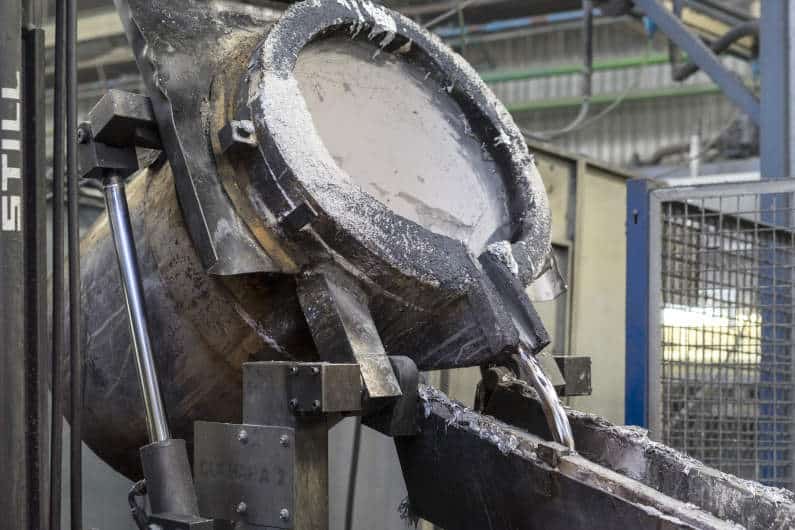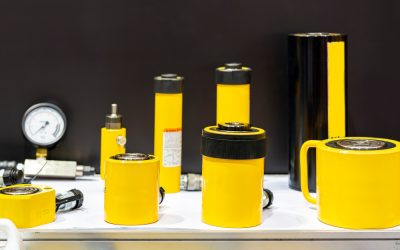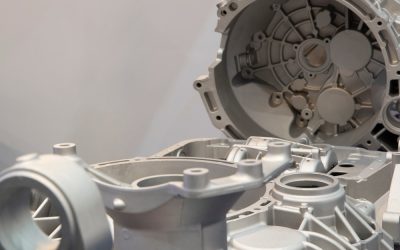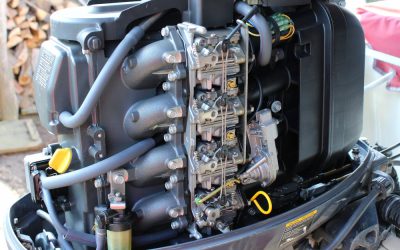Aluminum is an excellent material that brings a lot of valuable qualities to the table. Its unique combination of properties makes it the most popular non-ferrous metal in the world today. And it’s also often compared to the world’s most widely used group of metals, steels.
There’s a lot to like about aluminum, but product designers should still evaluate their material options carefully. You may be wondering what the advantages and disadvantages of aluminum are. But it’s essential to keep the following in mind…
The pros and cons of aluminum will vary depending on the application you’re using it for.
In this article, we’re not going to define the characteristics of aluminum as strictly pros and cons. Instead, we’ll evaluate aluminum’s defining properties and highlight when they are advantageous. We’ll also explain how it stacks up against other materials.
Table of Contents
#1 Strength-to-Weight Ratio
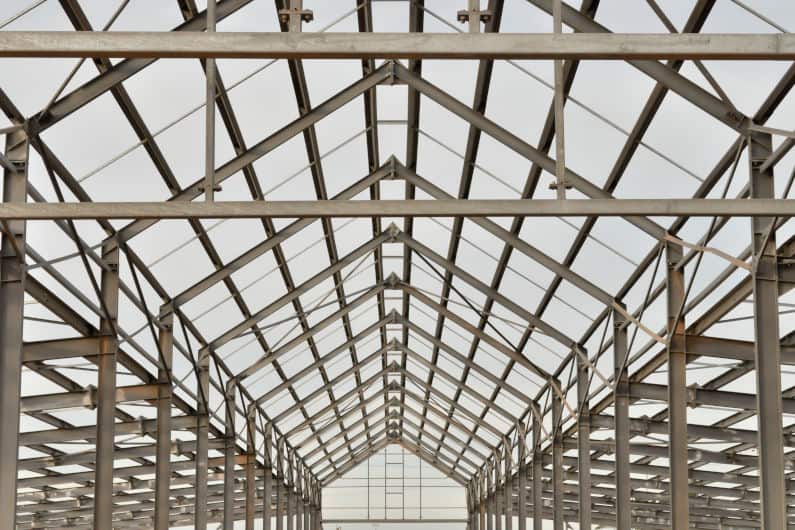
Elemental aluminum on its own isn’t that strong, with an ultimate tensile strength of about 90 MPa (13 ksi). But when alloying elements and tempers are added, the strength of aluminum is much higher. One of the strongest aluminum alloys is AA7068-T6, with an ultimate tensile strength of 710 MPa (103 ksi).
Steel alloys are still typically stronger than aluminum alloys. But since aluminum alloys have a density of 2.64 g/cm³ to 2.81 g/cm³, aluminum is roughly three times lighter than steel! This is why aluminum alloys are known for their impressive strength-to-weight ratio.
When minimizing weight is important, aluminum can offer a higher strength for the same mass as steel. It’s invaluable for many everyday items, including personal electronic devices and sports equipment.
However, sometimes saving weight isn’t as important as achieving high strength. In these cases, designers may need to consider stronger materials like steel or titanium alloys. (See: Steel vs. Aluminum)
#2 Corrosion Resistance

Aluminum forms a passivating layer on its surface that makes it naturally corrosion-resistant. As a result, aluminum alloys are very durable in various humid or wet environments.
Some aluminum alloys are more corrosion-resistant than others. However, they all perform better than plain carbon steels. In extreme environments, stainless steel and Inconel alloys can provide better corrosion resistance. But you need to justify their higher cost.
Another option is to choose one of the many available aluminum finishing options. They can help further protect your product’s surface from the environment.
#3 Ductility and Hardness
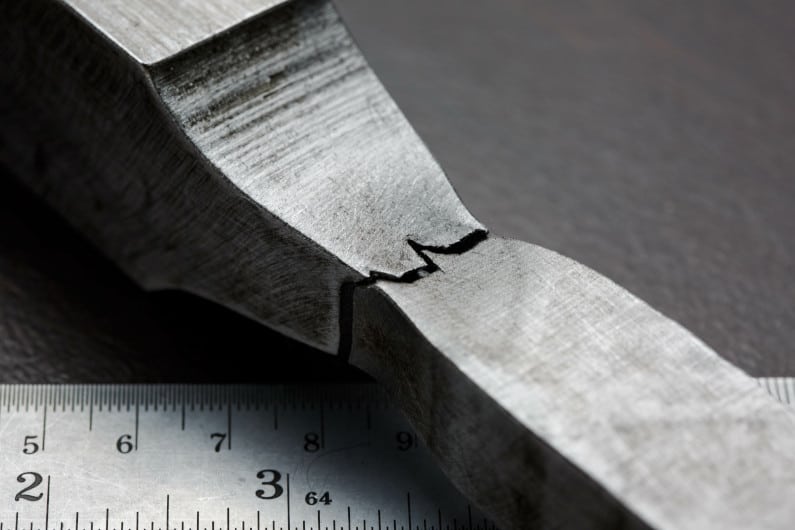
Ductility and hardness are often inversely related. And aluminum is a relatively soft, ductile metal compared to alternatives like hardened tool steel.
Its ductility gives aluminum great formability and bendability. So, it’s easy to work with when making extrusions or pressed products. The end result can be lower processing costs and greater part complexity without risking damaging the material.
While ductility is great, a ductile material also tends to break down faster when exposed to repeated wear stress. So, if the product could be exposed to high friction, hardened steel or even tungsten carbide might be preferred.
#4 Melting Point
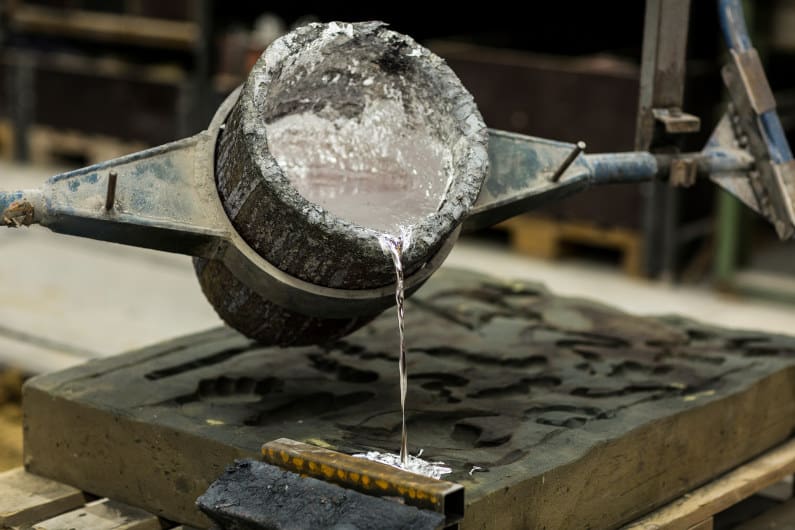
Aluminum has a much lower melting point than steel and titanium. It also softens at a lower temperature than many metals. That’s why processes like aluminum extrusion require a relatively small amount of energy to shape it.
On the flip side, this also means aluminum is unsuitable for many high-temperature service applications. But if sufficient cooling is available, aluminum’s high thermal conductivity allows it to transport heat rapidly away from the heat source to maintain integrity.
#5 Thermal Conductivity
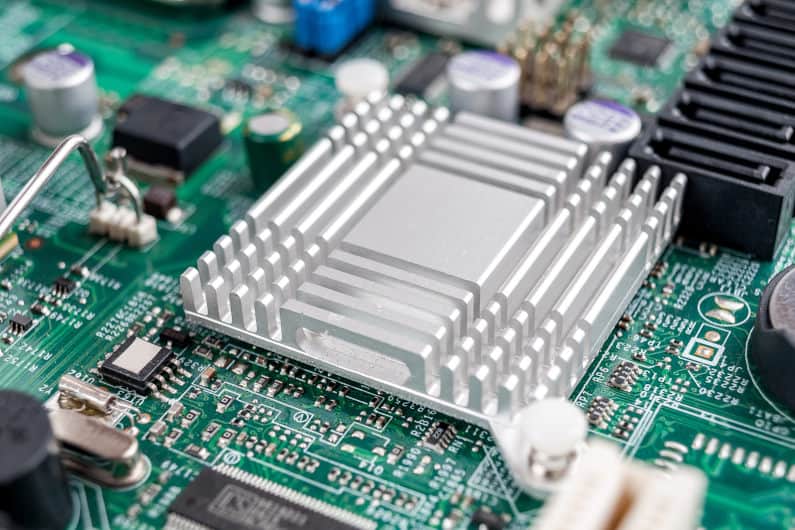
Aluminum’s high thermal conductivity makes it a staple of many thermal management and heat exchange systems. But its thermal conductivity is actually about 40% lower than copper’s. As such, copper is a more conductive heat sink.
That said, aluminum is much lighter and cheaper than copper. So in most cases, product designers opt for an aluminum heat sink or heat exchanger to save cost and weight.
#6 Electrical Conductivity
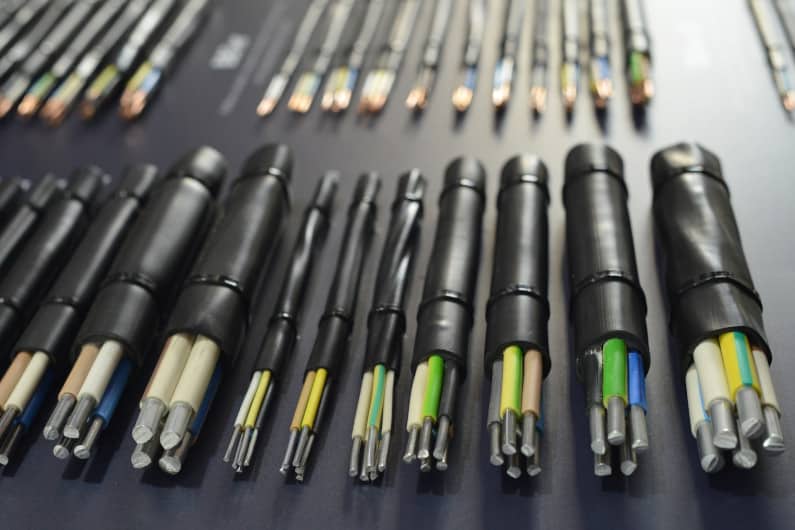
Engineers sometimes find themselves comparing the electrical conductivity of aluminum and copper. And while aluminum is only about 39% as conductive as copper, it is much lighter and cheaper.
It is a popular consideration for many electrical applications, including high-voltage transmission lines. Keep in mind, though, that some aluminum finishes can impact conductivity.
Other Considerations
In addition to the material properties mentioned above, here are some things you should consider when deciding if aluminum is suitable for you.
Aluminum Finishing Options
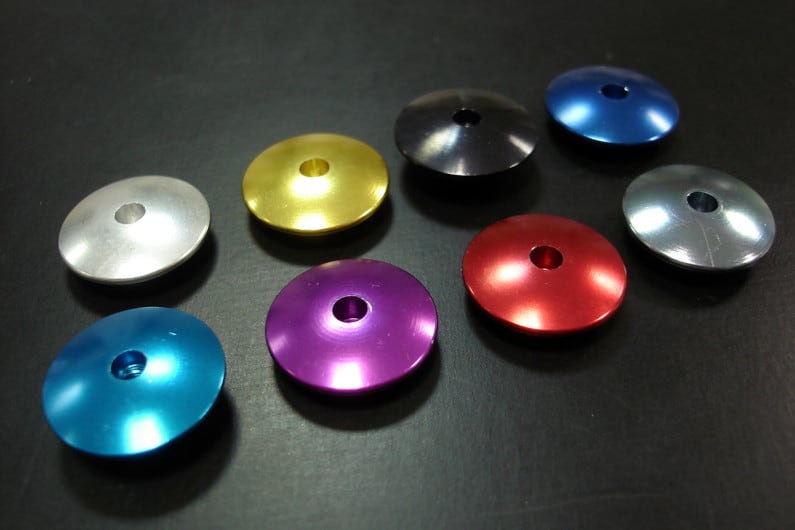
We’ve discussed attributes like corrosion resistance, thermal conductivity, and electrical conductivity. But remember that those properties can change when you apply surface finishes such as anodizing or powder coating.
For example, anodizing a part makes it more wear-resistant. It also becomes more corrosion-resistant and thermally conductive — but less electrically conductive.
Surface finishing can enhance the aesthetics of a part too. Sublimation, for example, allows you to add many types of wood-look patterns. So, when comparing aluminum to other metals, consider the impact and aesthetic appeal of surface finishes.
Cost of the Metal

Aluminum is less expensive than copper, stainless steel, titanium, and many specialist metals. But raw aluminum also tends to cost more than the common grades of low carbon steel and low alloy steel.
Depending on the application, you may also want to consider non-metal alternatives like plastics. These could lead to significant cost savings as well.
The cost of material selection can be hard to pin down as it is constantly in flux with global markets. You must determine which material offers the required properties at the most reasonable cost.
Choosing Aluminum for Your Product

The key thing to understand is that aluminum’s advantages and disadvantages will vary depending on the situation. For example, a low melting point is great for reducing some processing costs. But it limits the ability of aluminum to accommodate high-temperature applications.
Aluminum is a very popular metal because it offers an exceptional combination of properties. It has found its way into many different industries and applications — everything from aerospace and chemical processing parts to furniture and electronics.
It is an incredibly versatile metal, and there’s a good chance it’s the right metal for your next project. After choosing to work with aluminum, designers will need to select an aluminum fabrication method that fits their needs.
If you want to learn more about aluminum fabrication, you can read our article about some of the key aluminum fabrication processes available today.

